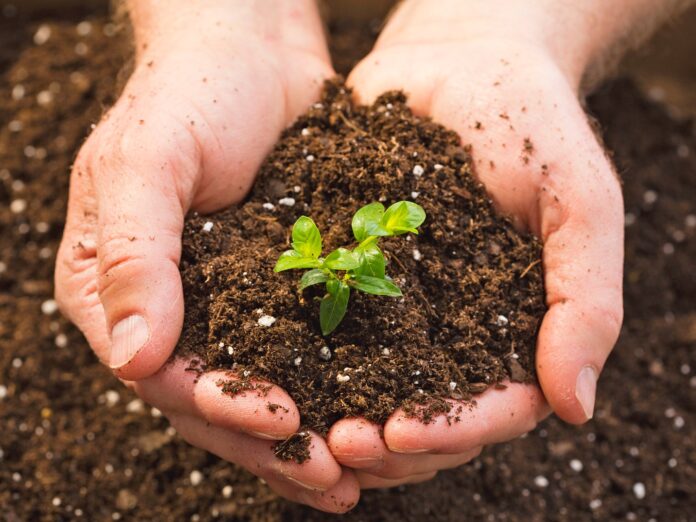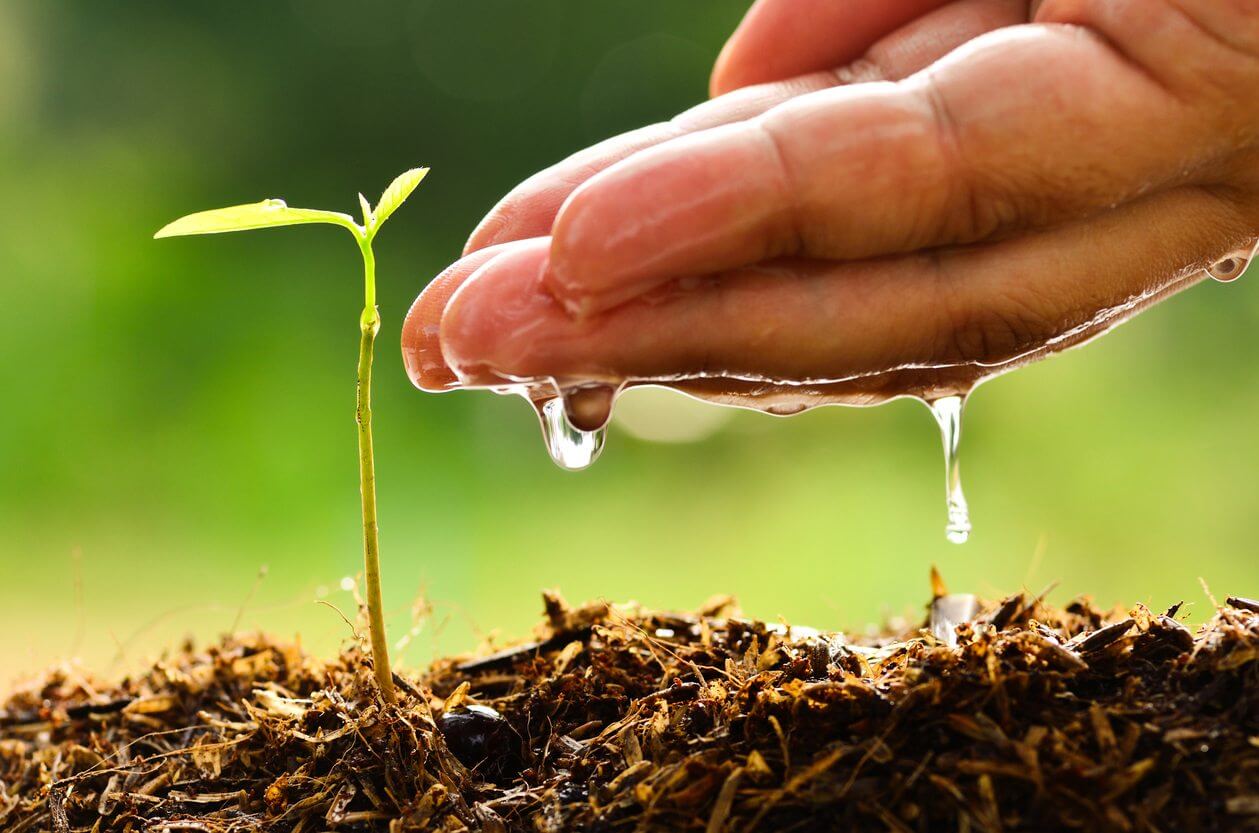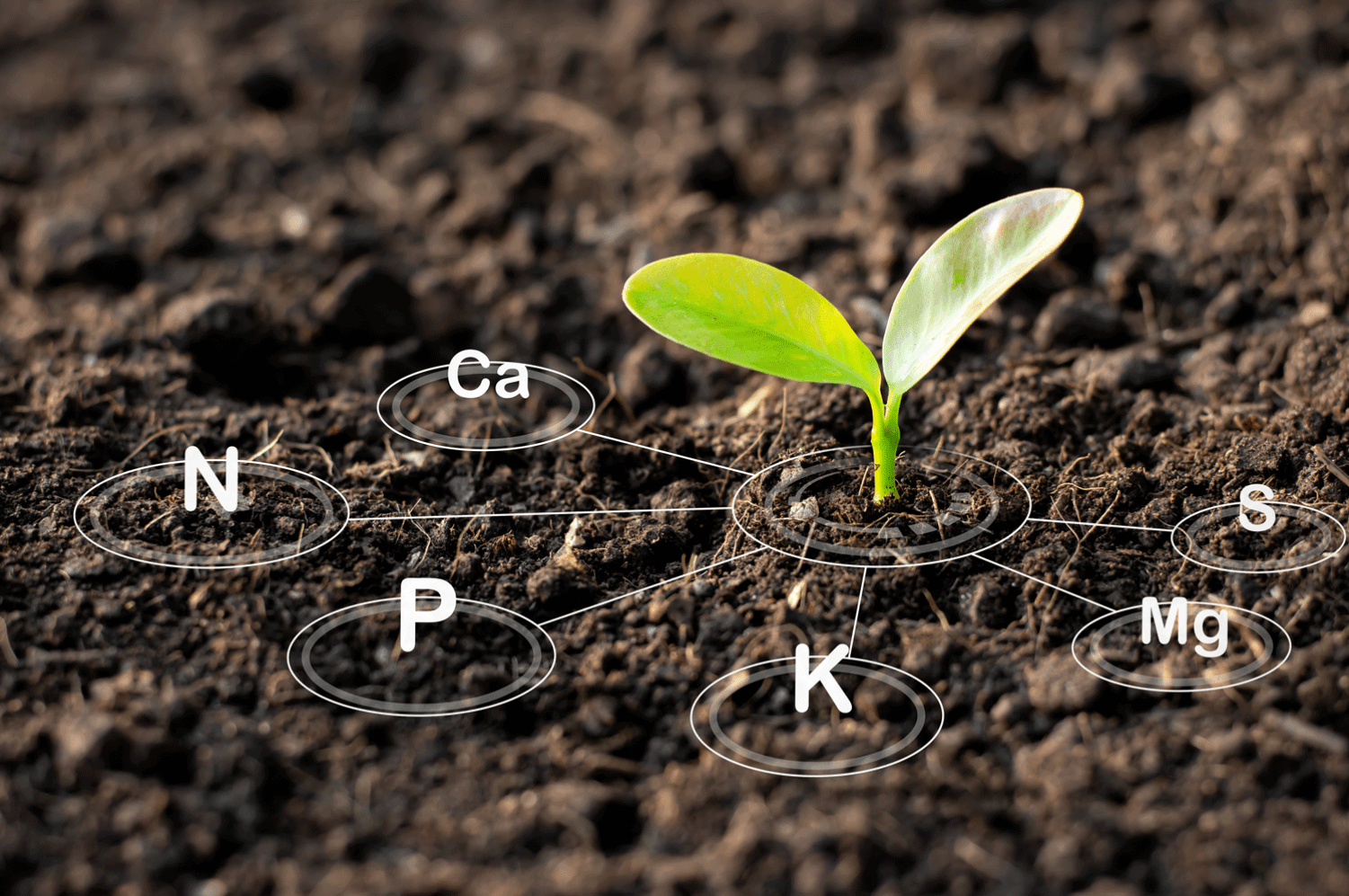All future homeowners need to know what soil type they plan to construct their homes on. Information on soil type is necessary because it helps establish what type of foundation to use and the appropriate construction techniques. Building on the wrong soil type could cause cracks in your home and, in extreme cases, collapse. If you’d like a brief overview of the varieties in your area, you can check the types here.
What Soil Types Are There?
1. Clay
Clay has the best water retention among all soil types. Unfortunately, this quality makes it a poor choice for construction. It tends to shift around, causing cracks in the foundation. However, clay is excellent for cultivating plants like roses, peas, and tomatoes.
2. Sand
Sand has exceptional water drainage qualities, owing to its massive particles. It’s used in construction because it doesn’t cause the foundation to shift and gives excellent support.
3. Loam
Loam is also used in construction because it perfectly balances sand, clay, and silt. These features allow it to support the foundation effectively. It also has the ideal water absorption rate and doesn’t shift around. It’s also used by farmers to grow crops because of its rich calcium levels.
4. Silt
Like clay, silt has poor water drainage and tends to store water in its sublayers for long periods. The water causes it to expand and could compromise the structural integrity of your foundation. As a result, silt joins the list of soils that aren’t suitable for construction.
5. Rock
Rock is found in the ground and comes in different varieties: sandstone and granite. Its location makes it perfect for laying the foundations for large buildings such as flats. It’s more durable and resistant to damage from water. These qualities help shield buildings from developing large cracks due to shifting and expansion.
Importance Of Soil Analysis For Construction
Soil testing and analysis is a crucial element of construction. Testing soil before construction helps establish soil properties and other essential elements. This knowledge helps engineers determine what foundation to lay and what construction materials to use.
Foundation is the first and most vital stage of construction. This means that a small oversight could cause your home to crumble. The foundation protects the rest of your home from any action going on in the subsoil. It also supports the weight of buildings, subsequently preventing them from sinking into the ground and collapsing.
Additionally, soil testing helps estimate how far to install pillars while building the foundation. It also helps engineers gauge the moisture content. Soils rich in water could form sinkholes. Sinkholes form when rainwater seeps into the deep soil layers and dissolves to create underground channels. The channels weaken the top layers of the soil and cause the ground to sink through.
How To Test Soil Composition
-
Oven Drying Test
Soil engineers prefer this method of testing soil water because it gives more accurate results as compared to other tests like the Alcohol and Radiation method. It measures soil moisture by comparing its weight before and after drying.
-
Dry Density Test
The dry density test measures the soil’s dry weight and water content, dividing the two values to get the total percentage density. Experts prefer it because it’s accurate and is affordable.
-
Atterbegs Limits Test
Atterberg’s limit test measures the soil’s critical moisture content. It uses three dimensions: liquid, plastic, and shrinkage limits to establish the features of fine soil under varying conditions.
-
Proctor’s Test
Engineers use this test to gather data on the maximum density of dry soil and the ideal water level in compacted soil.
-
Gravity Test
Soil gravity is the ratio of soil weight to water. The most widely used gravity test is the Pycnometer Method because it’s accurate and simple to use.
The Best Soil For Your Foundation
-
Bedrock
It’s perfect for construction because of its ability to bear weight and resistance to water damage. It doesn’t crack easily and doesn’t reposition due to water retention. However, you should ensure it has a level surface before starting construction to prevent structural flaws.
-
Loam
It provides an ideal environment for construction because of its outstanding support and isn’t susceptible to cracking due to increased water absorption. It also holds the right amount of water absorption and doesn’t dry up too quickly.
-
Sand
Although sand has a high water permeability that makes it susceptible to erosion, it makes a sturdy foundation due to its fast drainage rate. It doesn’t retain as much water as clay and peat, making it less vulnerable to shifting and expansion.




















